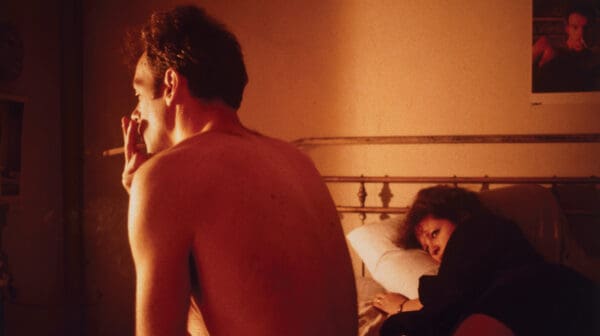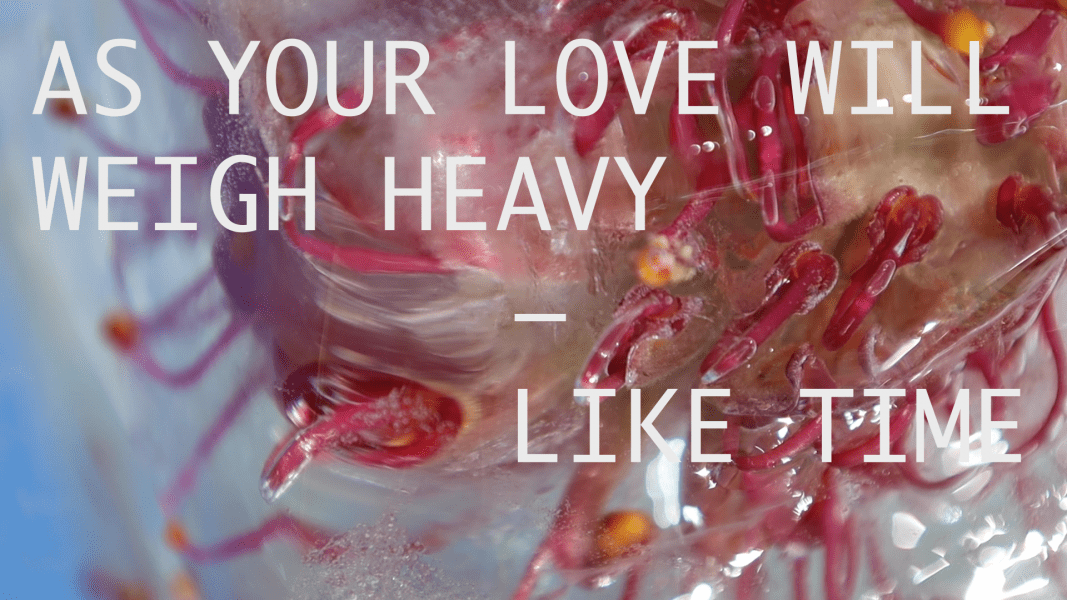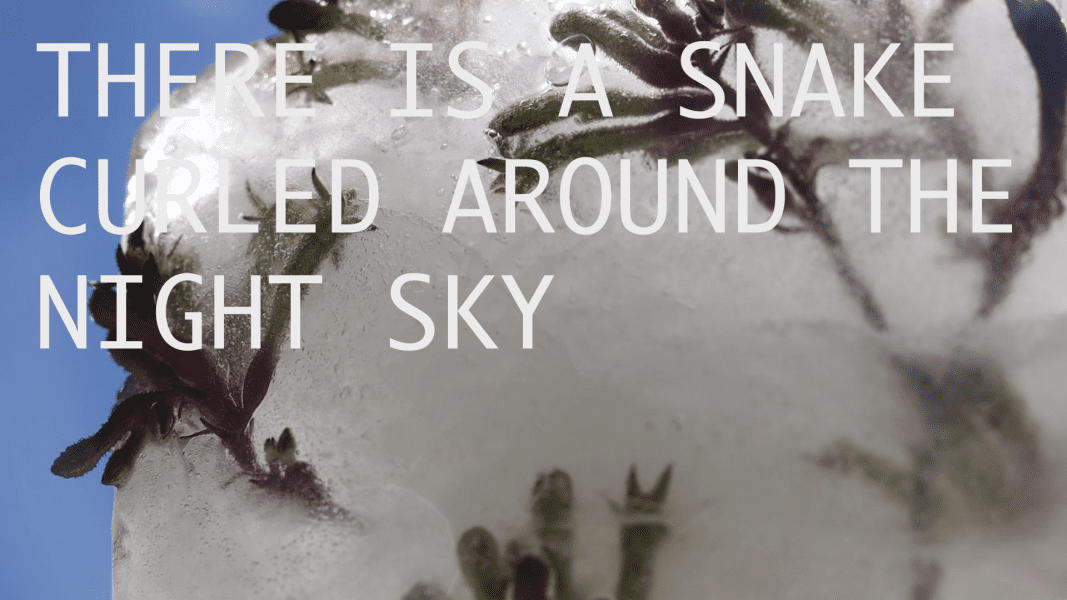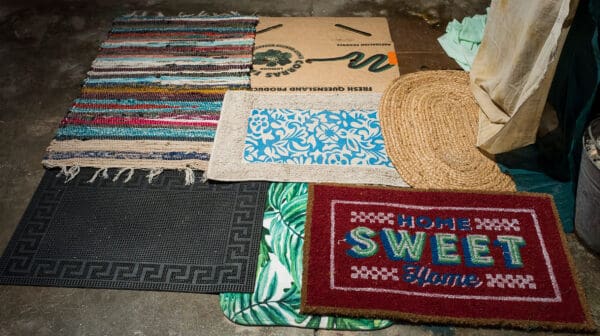“No simple map of the emotions is available here,” writes poet Anne Carson, in her efforts to illuminate the workings of our innermost impulses. “Desire is not simple.” This simultaneously complex and ambiguous way we intuit, enact and embody desire—personally and collectively—forms the departing point for Textbook for Desire.
When preparing the exhibition, co-curator Josephine Skinner was feeling the impact of the #MeToo Movement, Black Lives Matter and Covid-19. Since desire is intrinsic to how we relate to each other, and also how we form and shape our worlds, it seemed like a fundamentally important topic. “I felt that it was urgent to focus on asking the question, ‘Who has written the textbook on desire until now?’” explains Skinner. “How might we as a society—and also in this case with the artists as our ‘teachers’—how might we imagine rewriting it?”
Staged like a classroom that reimagines the gallery as a space for sharing knowledge, Textbook for Desire features newly commissioned works from a collection of artists. Giselle Stanborough’s mind map of desire will be accompanied by a performance, and other live works will be presented by Sweatshop Women and New Age Noise Collective. Forays into video and language come from poet and digital artist Jazz Money, whose whimsical yet commanding work stems from her experience as an Indigenous woman, while Kate Blackmore examines what’s known as ‘the butter scene’ in cinema to look at sexual consent.
While the show acknowledges alternative understandings of desire, it’s not prescriptive. “It’s really complex territory,” says Skinner. “But nonetheless it is hopeful and forward-looking, and it aims to privilege the diversity of experiences, and value feminist and queer and decentralised and decolonised perspectives on the subject of desire.”
Textbook for Desire
Cement Fondu
20 March—2 May 2021
This article was originally published in the March/April 2021 print edition of Art Guide Australia.













